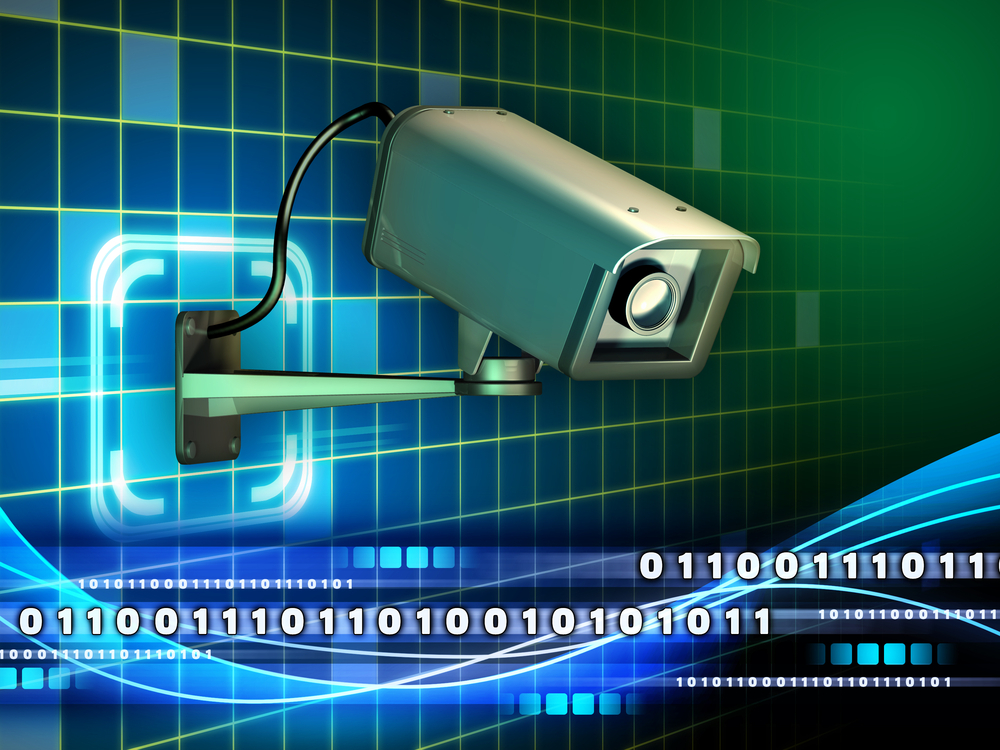It is now simply an accepted fact that CCTV is one of, if not the, most important tools that any business can use against criminals.
It hasn’t always been this way of course. It is only in the last century after all that video cameras have existed at all.
The rise of CCTV has been relatively quick, and has changed the world forever.
Prime CCTV is now everywhere and what was once simply a novel technology used by a select few is now a mammoth of international security, safeguarding public and private sites across the entire world.
There are numerous factors that have led to this rise and in this article we will examine a few of them, including the changing security needs of businesses and individuals across the UK, the role that CCTV now plays in preventing crimes of all types and the technological advances that have happened and are still happening all over the world.

How did CCTV become what it is today?
The rise of CCTV can be tracked all the way back to the mid-20th century, although at this time it was used for military purposes rather than private security.
It wasn’t until the 1990s in the UK when CCTV became commonplace in public areas as the Government saw the potential of the technology in preventing crime.
In the next few years, massive investments were made to introduce more and more CCTV cameras into public areas across the nation. As the price of CCTV technology fell, and the technology became much more intuitive and user friendly, individual businesses began to install CCTV on their own site to protect their staff and their assets from the threat of crime.
Nowadays, pretty much anyone can have CCTV if they want it and the technology is incorporated into things such as doorbells in domestic settings.
What led the rise of CCTV?
Crime. CCTV plays an incredibly important role in the detection and the investigation of criminal activity. If a skilled and large enough security force is in place, CCTV can be used in real-time to detect and intercept intruders on a property before they can do anything. If now, it will be valuable evidence that the police can use to find them.
Another factor that really drove the rise in CCTV technology was advancements in camera technology. In the early days, CCTV was clumsy and produced large analogue tapes that were difficult to view and store.
Modern cameras, on the other hand, as we are sure you are aware, have none such issues and it is now easy to produce and store vast amounts of security footage at very little expense or effort.
The terror attacks that occurred in the early 2000s were another more sombre driving force in the rise of CCTV as they highlighted the need to be able to identify certain individuals when in public spaces and assist with counter-terrorism operations.
That is not to say that public CCTV is universally popular, but it is safe to say that in general it does far more good than bad.